Marius Stanescu
Automated Circuit Sizing with Multi-objective Optimization based on Differential Evolution and Bayesian Inference
Jun 06, 2022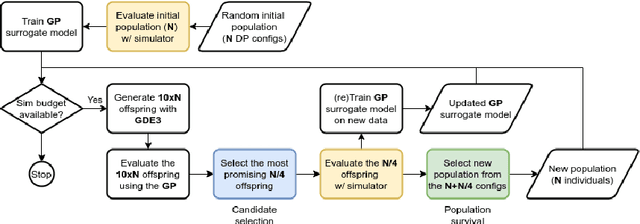


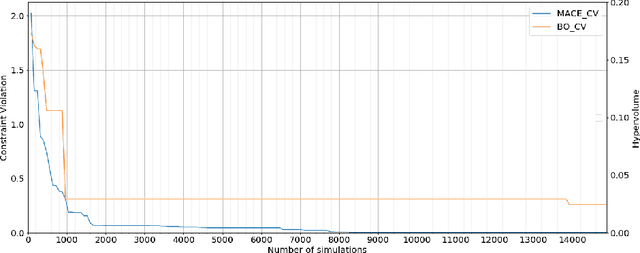
Abstract:With the ever increasing complexity of specifications, manual sizing for analog circuits recently became very challenging. Especially for innovative, large-scale circuits designs, with tens of design variables, operating conditions and conflicting objectives to be optimized, design engineers spend many weeks, running time-consuming simulations, in their attempt at finding the right configuration. Recent years brought machine learning and optimization techniques to the field of analog circuits design, with evolutionary algorithms and Bayesian models showing good results for circuit sizing. In this context, we introduce a design optimization method based on Generalized Differential Evolution 3 (GDE3) and Gaussian Processes (GPs). The proposed method is able to perform sizing for complex circuits with a large number of design variables and many conflicting objectives to be optimized. While state-of-the-art methods reduce multi-objective problems to single-objective optimization and potentially induce a prior bias, we search directly over the multi-objective space using Pareto dominance and ensure that diverse solutions are provided to the designers to choose from. To the best of our knowledge, the proposed method is the first to specifically address the diversity of the solutions, while also focusing on minimizing the number of simulations required to reach feasible configurations. We evaluate the introduced method on two voltage regulators showing different levels of complexity and we highlight that the proposed innovative candidate selection method and survival policy leads to obtaining feasible solutions, with a high degree of diversity, much faster than with GDE3 or Bayesian Optimization-based algorithms.
The Quo Vadis submission at Traffic4cast 2019
Oct 27, 2019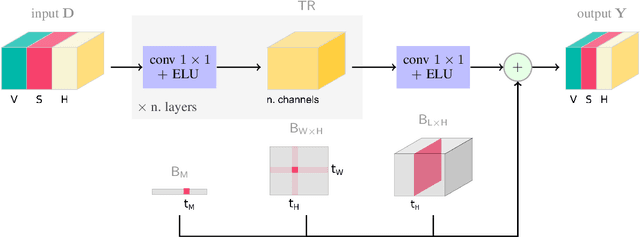

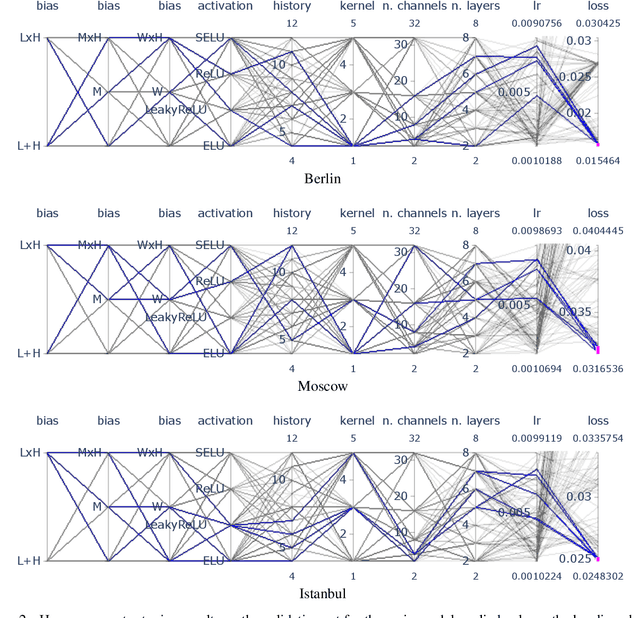

Abstract:We describe the submission of the Quo Vadis team to the Traffic4cast competition, which was organized as part of the NeurIPS 2019 series of challenges. Our system consists of a temporal regression module, implemented as $1\times1$ 2d convolutions, augmented with spatio-temporal biases. We have found that using biases is a straightforward and efficient way to include seasonal patterns and to improve the performance of the temporal regression model. Our implementation obtains a mean squared error of $9.47\times 10^{-3}$ on the test data, placing us on the eight place team-wise. We also present our attempts at incorporating spatial correlations into the model; however, contrary to our expectations, adding this type of auxiliary information did not benefit the main system. Our code is available at https://github.com/danoneata/traffic4cast.
Combining Strategic Learning and Tactical Search in Real-Time Strategy Games
Sep 11, 2017
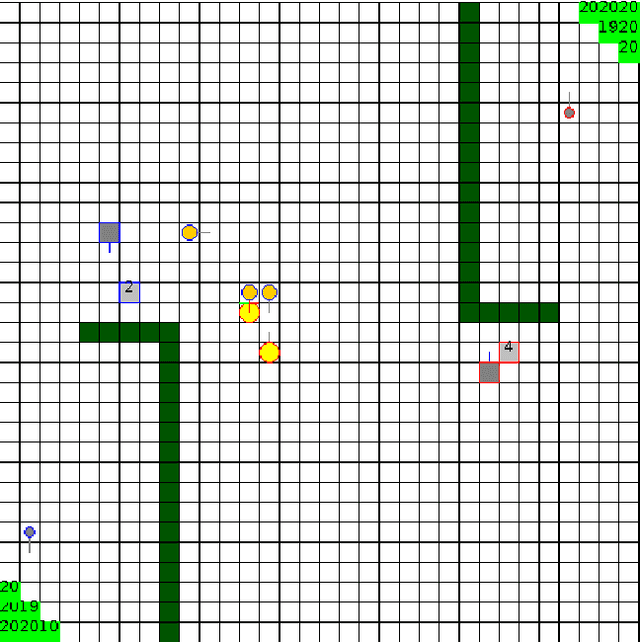
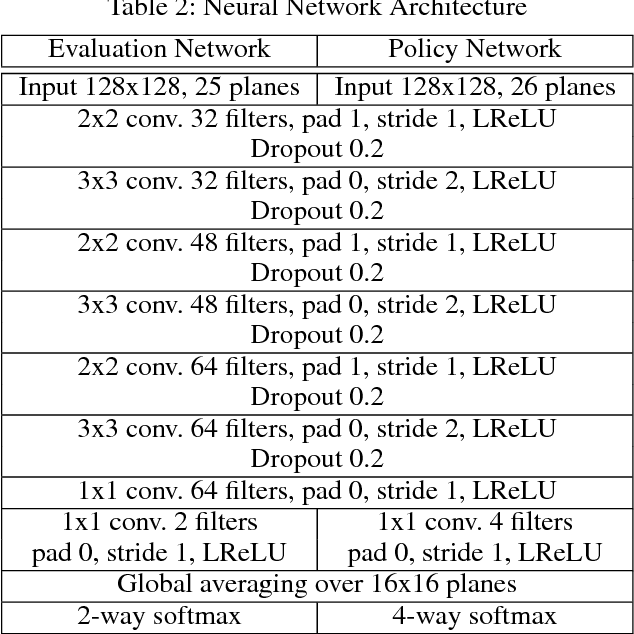
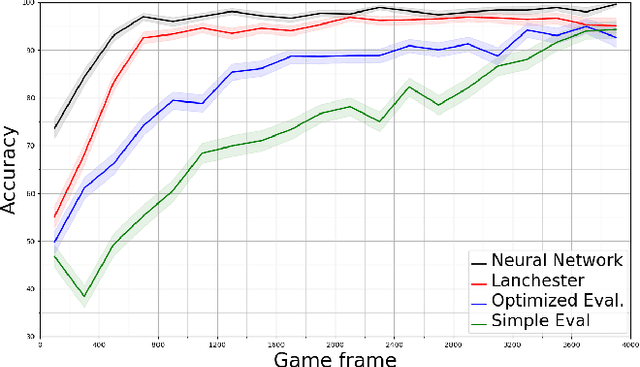
Abstract:A commonly used technique for managing AI complexity in real-time strategy (RTS) games is to use action and/or state abstractions. High-level abstractions can often lead to good strategic decision making, but tactical decision quality may suffer due to lost details. A competing method is to sample the search space which often leads to good tactical performance in simple scenarios, but poor high-level planning. We propose to use a deep convolutional neural network (CNN) to select among a limited set of abstract action choices, and to utilize the remaining computation time for game tree search to improve low level tactics. The CNN is trained by supervised learning on game states labelled by Puppet Search, a strategic search algorithm that uses action abstractions. The network is then used to select a script --- an abstract action --- to produce low level actions for all units. Subsequently, the game tree search algorithm improves the tactical actions of a subset of units using a limited view of the game state only considering units close to opponent units. Experiments in the microRTS game show that the combined algorithm results in higher win-rates than either of its two independent components and other state-of-the-art microRTS agents. To the best of our knowledge, this is the first successful application of a convolutional network to play a full RTS game on standard game maps, as previous work has focused on sub-problems, such as combat, or on very small maps.
 Add to Chrome
Add to Chrome Add to Firefox
Add to Firefox Add to Edge
Add to Edge